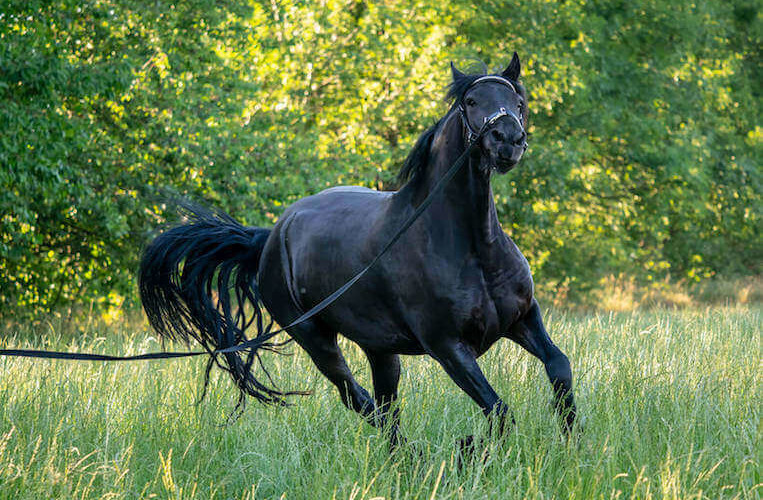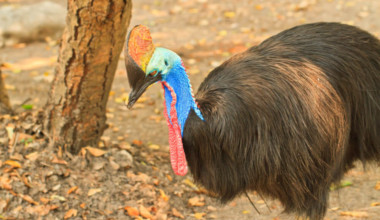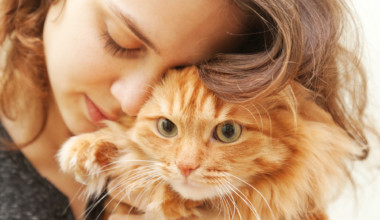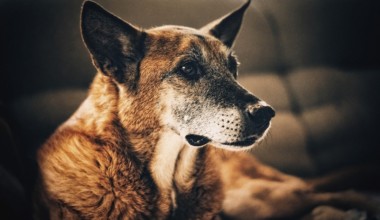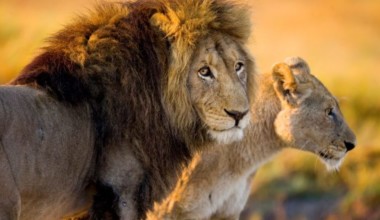Animals have always been part of our history, but sometimes they have had a direct impact on human life well beyond simply co-existing with us. Additionally, many way animals have helped humans directly and indirectly.
Here are ten historical events involving animals which have changed human history forever. Read on:
a. David Greybeard
David Greybeard a famous animal in history who have changed human history forever by transforming the human understanding of animals. He was the first chimpanzee ever to be seen in the wild using tools, with a human who recognized what he was doing there to witness it.
David Greybeard trusted Jane Goodall enough to introduce other chimps to her and was the first chimp ever to be seen using tools and eating meat. It changed how we perceived animals and made us ask genuine questions about just what separates humans from animals.
2. Lobo the Grey Wolf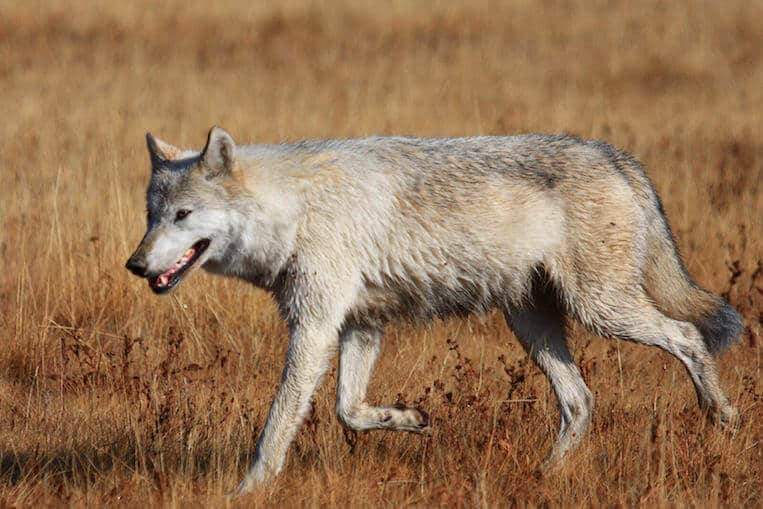
Before Lobo, no one thought much of nature, apart from preserving deer for the purpose of killing and eating more deer. Lobo brought wilderness preservation to the forefront of the American mindset, through a drama that reached the whole world. A cattle-killer, Lobo was able to elude capture, unlike so many other wolves by sniffing out poison bait and springing traps.
He was eventually killed by traps, but only due to the body of his own mate being the lure. His death was so profound; it changed the naturalist who killed him forever. He would never kill a wolf again. This historical event involving animal made wilderness preservation a topic Americans discussed and paved the way for wolves to have a safe place to call their own.
3. Clever Hans
In 1907, an Orlove Trotter named Clever Hans seemed to have an unusual ability. When given any sort of math problem, the horse could give the answer by scraping his hoof. Scientists were baffled by this until they conducted an experiment and realized the horse wasn’t solving problems. Instead, he was paying attention to cues the trainer was giving him, that even the trainer was unaware of.
Clever Hans may not have been as good at math as he seemed to be, but he did pave the way for our understanding of science. Thanks to him, we truly learned the meaning of a common phrase, “Correlation does not equal causation.”
4. Dolly the domestic sheep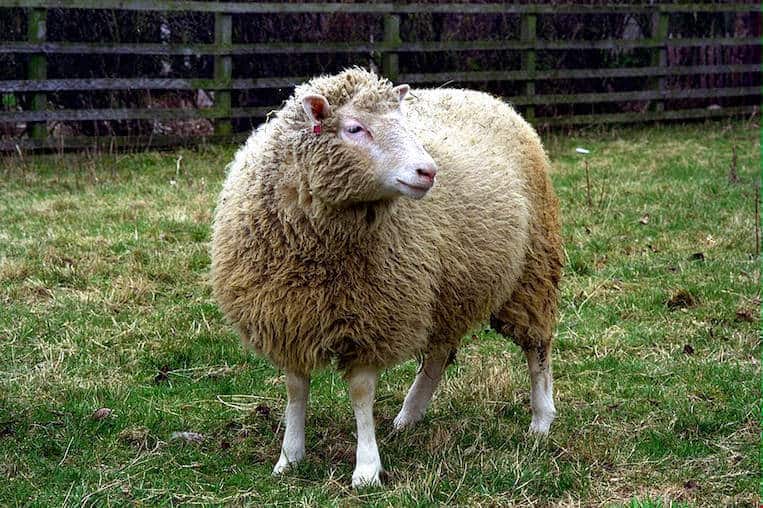
Dolly a famous historical animal who born to a completely different breed of sheep, she marked a big moment in human history. While she didn’t know it, Dolly was the first cloned sheep from an adult cell. Before this, other sheep had been cloned, but it was previously thought impossible to clone anything besides embryonic cells.
Since cloning Dolly, huge steps have been made in clones, from cloning other animals to even making clones out of deceased pets. The biggest advancement has been the creation of stem cells from adult cells, making the treatment of many terrible diseases possible in the future.
5. Snowball, the cat, helped solve a murder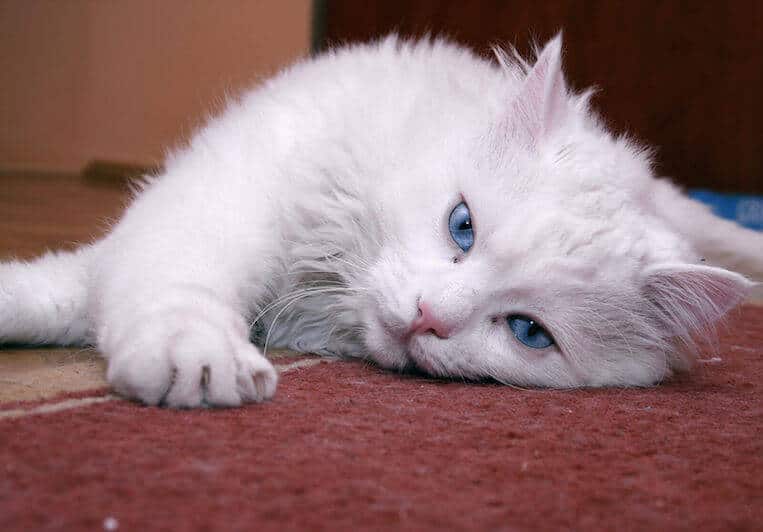
Before a long white hair showed up on a corpse, no one had ever tried looking at the DNA of a cat before. In fact, investigators searching for someone to analyze the hair got a lot of refusals, with many scientists not wanting to get involved in such a project.
When someone finally stepped up to perform the task, they not only found that DNA was a unique identifier of animals, they also found the murderer. The hair belonged to Snowball, the cat belonging to her boyfriend. The two had been in a raging fight the day she went missing. Snowball paved the way for animal DNA to be used in criminal cases, changing human history.
6. Montauciel, the sheep
Montauciel sheep also involved with one historical event. Unlike the sad fate of the animals used to help discover space, Motauciel lucked out as far as experimental animals. He took a ride 500 meters into the sky in one of the first airships—a hot hair balloon. At the time it was thought that people would suffocate if flying too high, but a sheep was similar enough to man that if he could do it, they could.
With the King and his wife watching, the hot air balloon sailed for about 8 minutes before crashing in a forest. To their amazement, Montauciel was fine, and completely unphased by his adventure. The king’s wife, Mary Antoinette, adopted the sheep and gave it the royal treatment for the rest of its days.
7. The Cat who single-handedly wiped out a species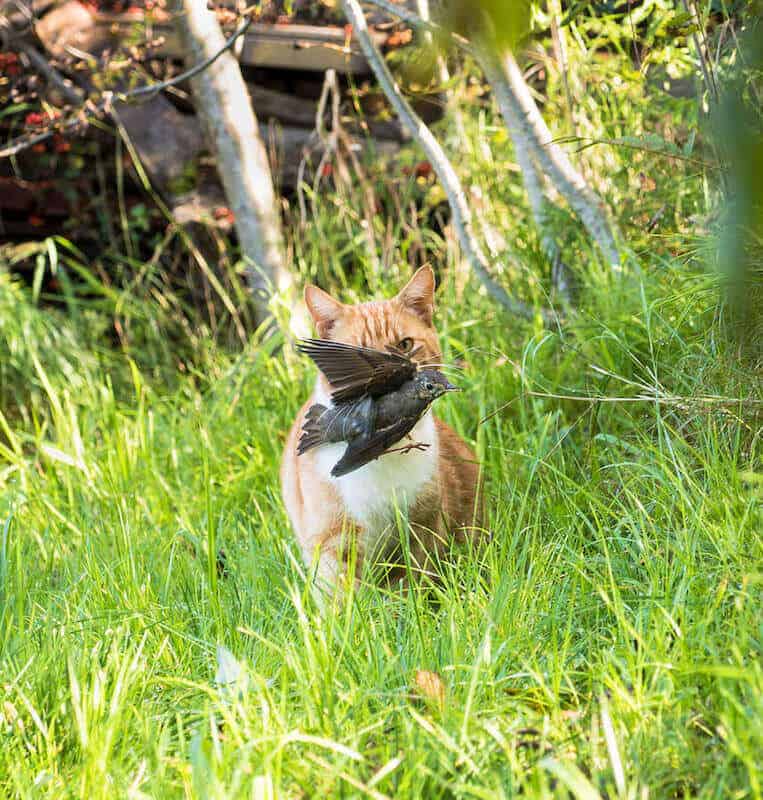
Today, we know that invasive species are an evil that needs to be wiped out. In Texas, feral pigs brought over by Europeans are being systematically eradicated to try to save farms and wilderness alike, and species such as wolves are being restored where they were meant to be. The ecosystem is not something you really want to mess with, but it took a single cat to make that clear.
Tibbles lived with his owner on Stephens Island. Shortly after, Tibbles began bringing birds to his master, quite dead, bit still in excellent condition. The owner, who ran the lighthouse on the island, was curious about the bird and sent some of the bodies to naturalists. A new species of bird was announced, only to be declared extinct just one year later. Tibbles, the cat, may not have entirely wiped out the bird himself, but the population simply could not recover from the cat’s inroads on their population.
8. The Horse who reformed medicine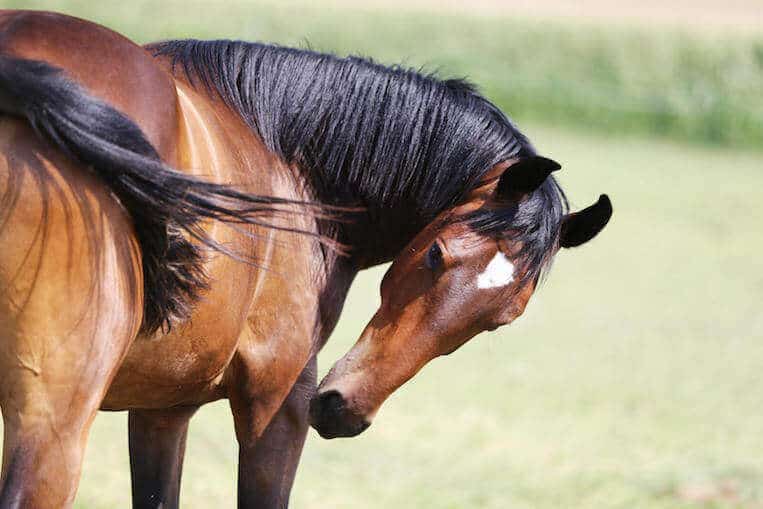
Before a horse named Jim, medicine was a fairly sloppy affair. While progress was being made, little testing was done, and many of the techniques used to save lives were actually quite risky. When it was discovered that Diphtheria, a deadly childhood disease, could be cured by making a serum from horse blood, people celebrated. The survival rate tripled with the help of the serum, and many children were saved.
This worked out fine until blood drawn from a horse named Jim was used. Unbeknownst to the doctors and parents, Jim had tetanus. By the time it was discovered, 13 children had died. Though this tragedy cost the lives of many children, it did change the course of history to medicine.
Testing is now commonplace, and great care is taken with new treatments to ensure the safety of everyone involved.
9. Rats and Fleas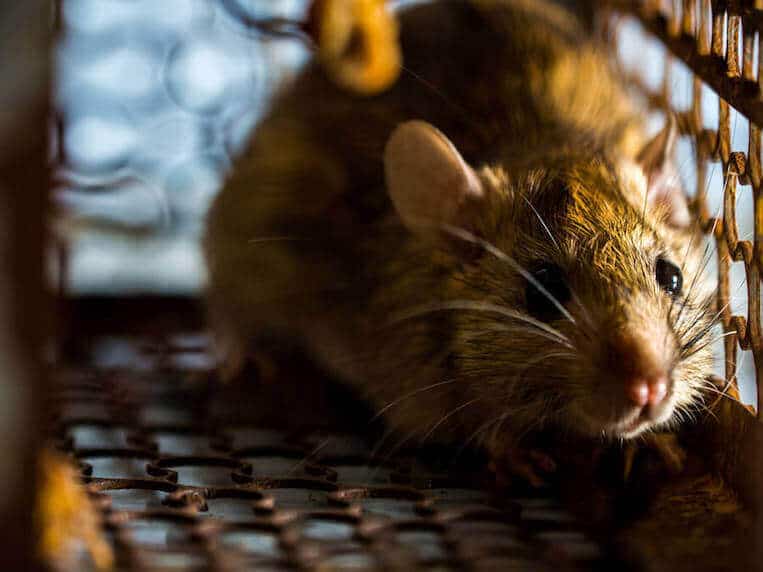
Typically, these small pests go beyond our notice as we go about our day to day lives. During the middle ages, however, that lead to a deadly mistake that cost millions of lives. Thanks to these small animals, a plague known as the Black Death nearly wiped out human civilization in Europe. In total, it is thought that over 25 million people perished due to these humble animals.
As terrible as the plague was, those who survived did benefit somewhat from it. Because the plague killed commoner and noble alike, the sudden increase in food and land made the standard of living better. A sudden lack of nobles also gave those below them a chance for upward mobility. All in all, the simple flea caused one of the most significant changes in human history ever recorded.
10. The monkey who killed a monarch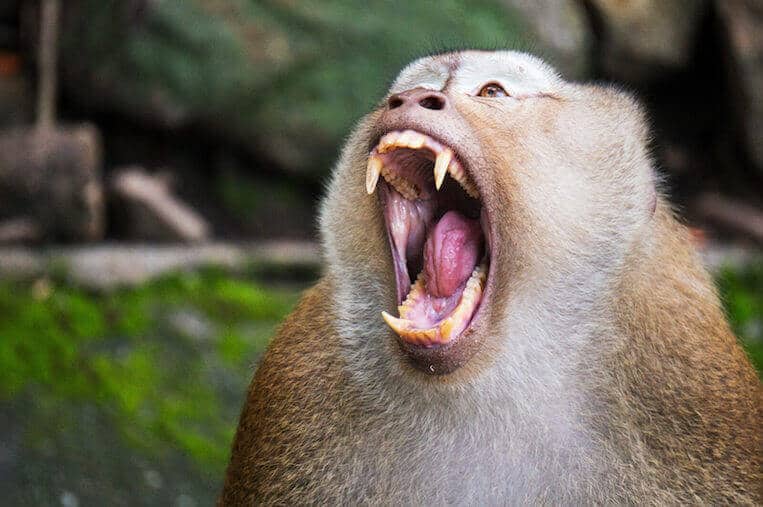
In 1920, King Alexander of Greece passed away. During his short reign, he was able to increase the territory of Greece, and may well have gone on to do many important things. We’ll never know. Just three years after he took the crown, King Alexander was bitten by a Barbary Macaque and died of sepsis from the wounds.
King Alexander may have been able to change the world. He’d already gone against trends by marrying a commoner, and may well have made an impact on the globe if it had not been for the monkey.
These animals, for better or for worse, changed human history. Their influence on the world has left a lasting impact, still felt in some ways to this day.

